"Upstream" monetary policy to support the economy
| Maintain the “line of defense” against inflation | |
| Interest rates in 2023 still difficult to go against the world trend | |
| Three scenarios for price administration of 2023 |
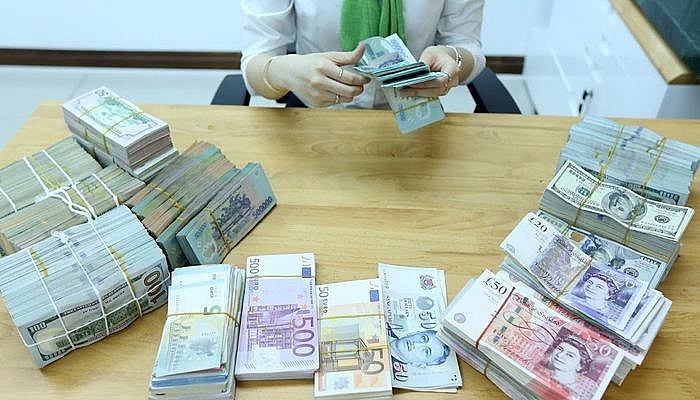 |
| Monetary policy in Vietnam has implemented the necessary "upstream" measutres to support the economy. Photo: Internet |
Going against the "hawkish" policy
Pandemic hits and political tensions among many developed countries expose the world economy to the risk of recession, causing monetary authorities of central major global economies to come up with "hawkish" economic policies. This policy is basically understood as an economic policy in favor of raising interest rates to fight inflation. The hawkish policy is less concerned with economic growth than the recessionary pressure caused by the high inflation rate.
For example, in the US, the US Federal Reserve (FED) has continuously raised interest rates and the latest in March 2023 was the 9th time since March 2022. The reference interest rate in the US is currently around 4.75 - 5%, the highest level since September 2007. Similarly, the European Central Bank (ECB) has also raised interest rates 6 times since July 2022 to curb inflation, currently, key interest rates range from 3 to 3.75%, the highest since the end of 2008.
However, by March and into April 2023, a series of bad developments from banks in the US and Europe raised concerns about the global economic outlook and escalating recession risks. Therefore, the major central banks have begun to signal the slowing down of interest rate hikes, and the FED has also given a less "hawkish" message on monetary policy, leaving the door open for another interest rate hike.
In such a context, the State Bank of Vietnam (SBV) quickly announced two cuts in operating interest rates in the second half of March 2023. In addition, the SBV also flexibly operated open market operations, reducing the interest rate offered to buy valuable papers to ensure abundant liquidity, and lowering mobile interbank interest rates. As a result, currently, according to Mr. Pham Chi Quang, Director of the Monetary Policy Department (SBV), the newly arising lending interest rate for the economy has decreased by 0.6% compared to the end of 2022 and is maintained downtrend in the near future.
Stabilize the variables
| During a working session on April 25 with ministries and sectors on interest rates, bonds and the real estate market, Prime Minister Pham Minh Chinh directed that credit institutions should be guided on reducing both deposit and lending interest rates, ensuring balance and harmony between exchange rates and interest rates, between interest rates and inflation, increasing access to capital and absorbing capital of people and businesses. At the same time, the Prime Minister requested to continue to implement more proactive, flexible and timely monetary, fiscal and other policies. |
Along with inflation, exchange rates and interest rates are always two big variables impacting the task of managing monetary policy. In 2022, the strong increase in exchange rates and interest rates has significantly affected market liquidity, limited the capital absorbing capability, leading to disadvantages in the process of investment, and restoration of production activities. The high exchange rate also has a great impact on import and export activities. Therefore, as soon as we see opportunities from the macroeconomic situation in 2023, monetary policy has turned around.
In fact, the domestic and world economies are having many "gray" colors, and credit growth after the first 3 months of 2023 was only over 2%. This partly reflects the paradox of the market that money is stuck in a bank, while businesses in need of capital are unable to access it due to high interest rates.
Therefore, Mr. Pham Chi Quang said, although inflation has tended to slow down, economic growth is facing many challenges, so it is necessary to reduce interest rates to support growth. The SBV always manages to lower the interest rate level, lobbying commercial banks to cut costs to reduce lending rates.
Recently, four state-owned commercial banks, accounting for more than 50% of Vietnam's credit market, have highly agreed with the policy of the Government and the State Bank in reducing lending interest rates.
However, many believe that the SBV may continue to loosen monetary policy, creating a supporting basis for the downward interest rate trend. According to experts at Maybank, Investment Bank, and the State Bank of Vietnam, the State Bank may reduce interest rates by another 50 basis points in mid-2023 and another 50 basis points in early 2024 due to moderate domestic inflation and the potential policy axis of the Fed. Previously, UOB experts also predicted that the SBV would continue to cut interest rates cautiously, focusing mainly on domestic inflation management.
Many experts also said that monetary policy must coordinate synchronously, flexibly and closely with fiscal policy in the current unpredictable context. According to Prof. Dr. To Trung Thanh, National Economics University, when pursuing inflation targeting policy, the State Bank needs to switch to a more flexible exchange rate management mechanism, and at the same time, it must remove difficulties for the bond market and securities to open up capital mobilization channels, increase business confidence in capital markets.
Related News

Exchange rate risks need attention in near future
16:31 | 15/02/2025 Import-Export

Monetary policy is a key factor for economic stability and growth
16:30 | 15/02/2025 Headlines
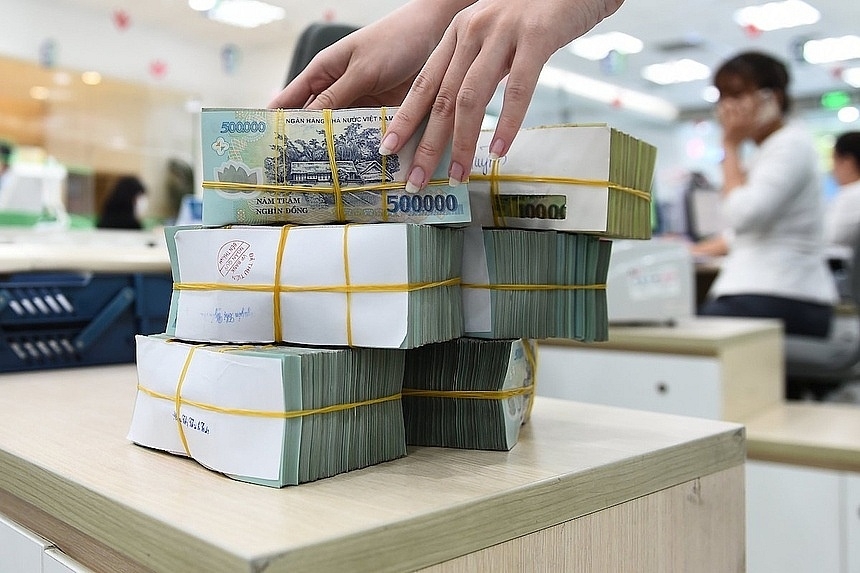
Outlook for lending rates in 2025?
15:20 | 31/12/2024 Finance

Industrial production maintains rapid and throughout bounceback
15:20 | 31/12/2024 Import-Export
Latest News

Embracing green exports: a pathway to enter global supply chains
10:33 | 20/02/2025 Import-Export

New policy proposed to prevent transfer pricing, tax evasion of FDI enterprises
10:32 | 20/02/2025 Import-Export
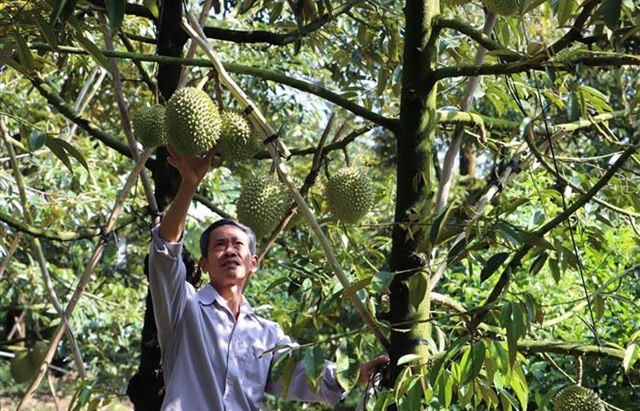
Việt Nam’s durian exports to China plummet by 80%
16:18 | 19/02/2025 Import-Export
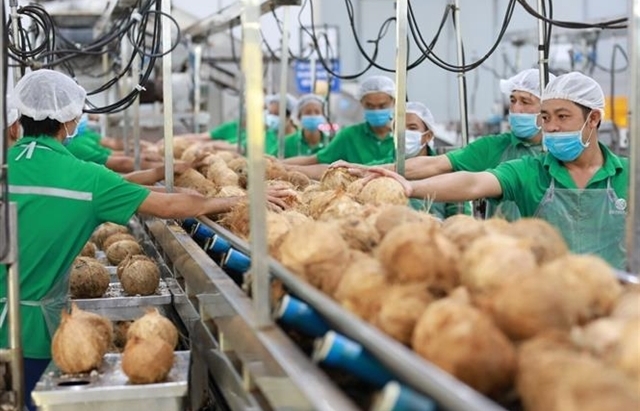
Coconut exports reach 14-year high
15:29 | 18/02/2025 Import-Export
More News

Shrimp exports grow in the first month of 2025
15:28 | 18/02/2025 Import-Export
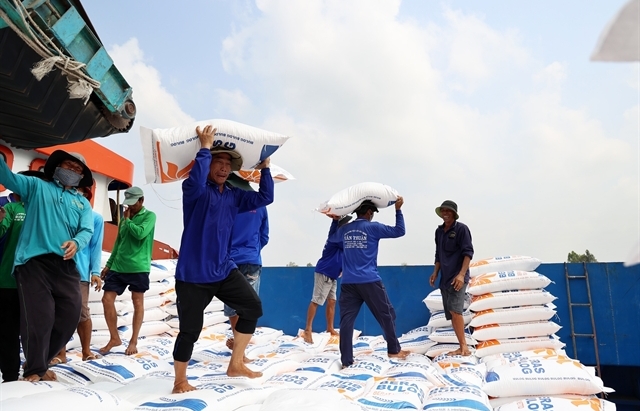
Rice export prices drop, but decline expected to be short-term
08:10 | 17/02/2025 Import-Export
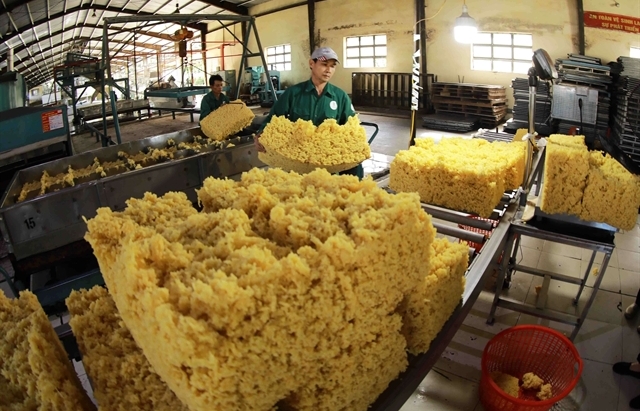
Key agro products expected to maintain export growth this year
08:08 | 17/02/2025 Import-Export
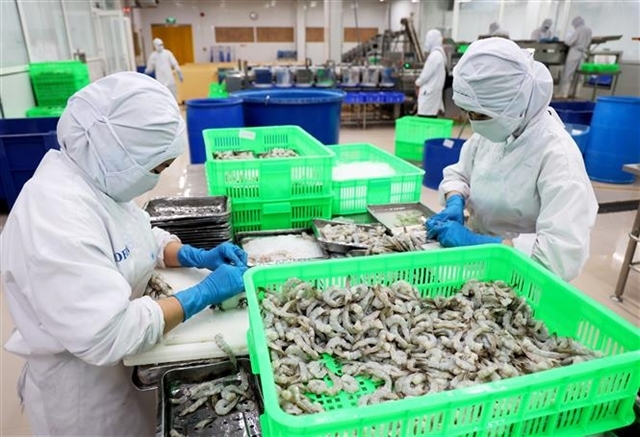
EU issues 12 warnings against Việt Nam’s food and agricultural exports
08:07 | 17/02/2025 Import-Export

Việt Nam to impose VAT on low-value express-imported goods
08:06 | 17/02/2025 Import-Export

Vietnam kicked off the year with a strong start in trade, exceeding US$63 billion in the first month
16:30 | 15/02/2025 Import-Export

Import and export turnover reaches about US$29 billion in the second half of January 2025
14:52 | 14/02/2025 Import-Export

Market edges up slightly as liquidity remains low
14:48 | 14/02/2025 Import-Export

Business regulations must be trimmed for development of enterprises: Experts
14:46 | 14/02/2025 Import-Export
Your care
The system has not recorded your reading habits.
Please Login/Register so that the system can provide articles according to your reading needs.

Embracing green exports: a pathway to enter global supply chains
10:33 | 20/02/2025 Import-Export

New policy proposed to prevent transfer pricing, tax evasion of FDI enterprises
10:32 | 20/02/2025 Import-Export

Việt Nam’s durian exports to China plummet by 80%
16:18 | 19/02/2025 Import-Export

Coconut exports reach 14-year high
15:29 | 18/02/2025 Import-Export

Shrimp exports grow in the first month of 2025
15:28 | 18/02/2025 Import-Export
